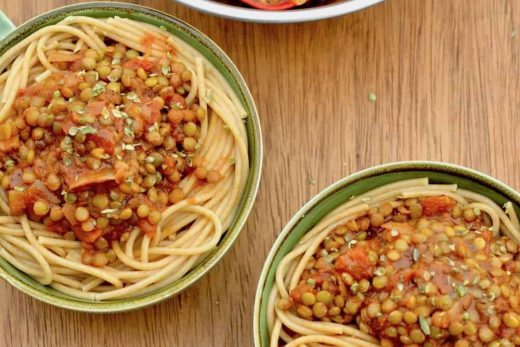One consequence of the colonial government’s anti-African housing and employment policies was that the areas of the city in which the Africans lived acquired the reputation of being “slums,” or enclaves of poor people, and carried with that reputation its attendant myths. As outlined by the non-profit Share the World’s Resources, the first myth is that there are too many people in slums, the second that the poor are to blame, and the third that slums are places of crime, violence, and social degradation. After independence, the African government in power in Kenya made few attempts to end the discriminatory housing policies, and so mutura, as well as all the other practices of the African quarters, remained as something to be sneered at by the urbane and educated in Nairobi, and the idea of mutura as food for poor people persisted. To this day, mutura is only sold in certain areas in Nairobi, and these are rarely, if ever, upper-class residential areas.
Walking through parts of the city after dusk, especially streets in lower- and middle-income neighborhoods, one will often find groups of people eating mutura. The setup is normally the same: Mr. Mutura Server (almost always mister, for reasons I don’t fully understand), clad in a white lab coat with flecks of blood on it (anything less cannot be trusted) and gumboots, works on a grill, atop which are placed rolls of mutura. Sometimes, there is soup nearby, the soup being a liquid made from crushed goat and cow hooves that are boiled—an acclaimed hangover cure, according to mutura enthusiasts. Coalesced around the mutura server is a crowd of people, maybe three people, maybe eight people for the very popular mutura sellers. Behind them, there is always a road, because mutura is always eaten amid a cacophony of vehicular sounds and dust.
Sometimes, one eats mutura along with kachumbari, a salad made from tomatoes, onions, chiles, and parsley, and sometimes not. But one will always ask for the mutura bit by bit. Like, twenty shillings, the first round; then, another twenty. And another. And another. This happens regardless of how much mutura one wanted to have beforehand. Clifton, a veteran mutura eater, tells me, “I always do ya twenty. Then add another. Sometimes mara. Nowadays they don’t do ten bob. But it also depends on the type of mutuch [mutura]. There’s the really thick ones that are filling and then the slim ones, the ones that crumble when you try to cut. I can do for sixty those.”





